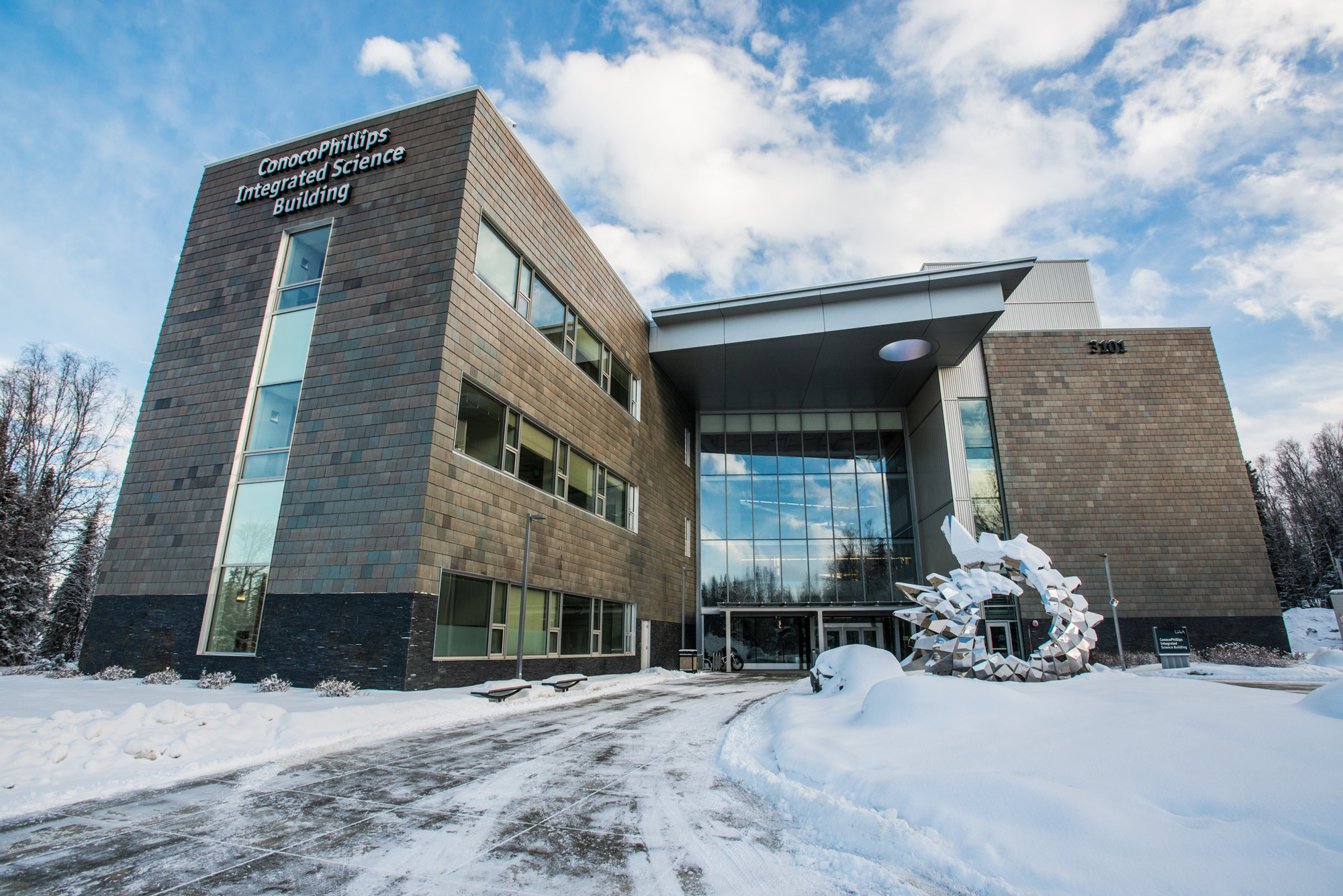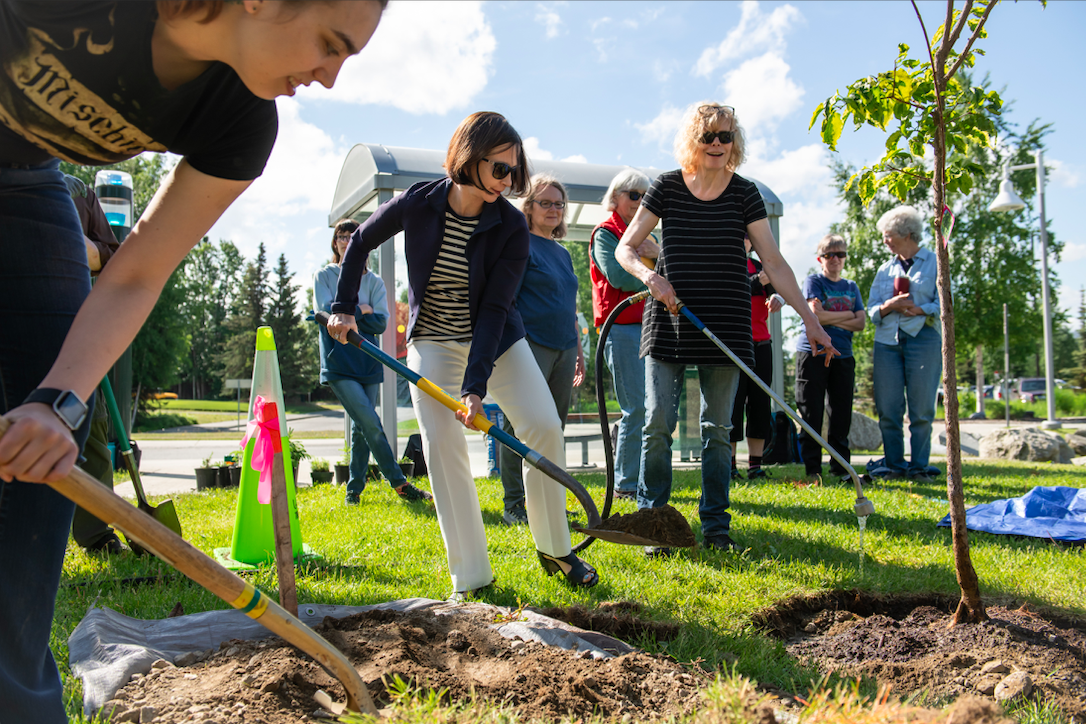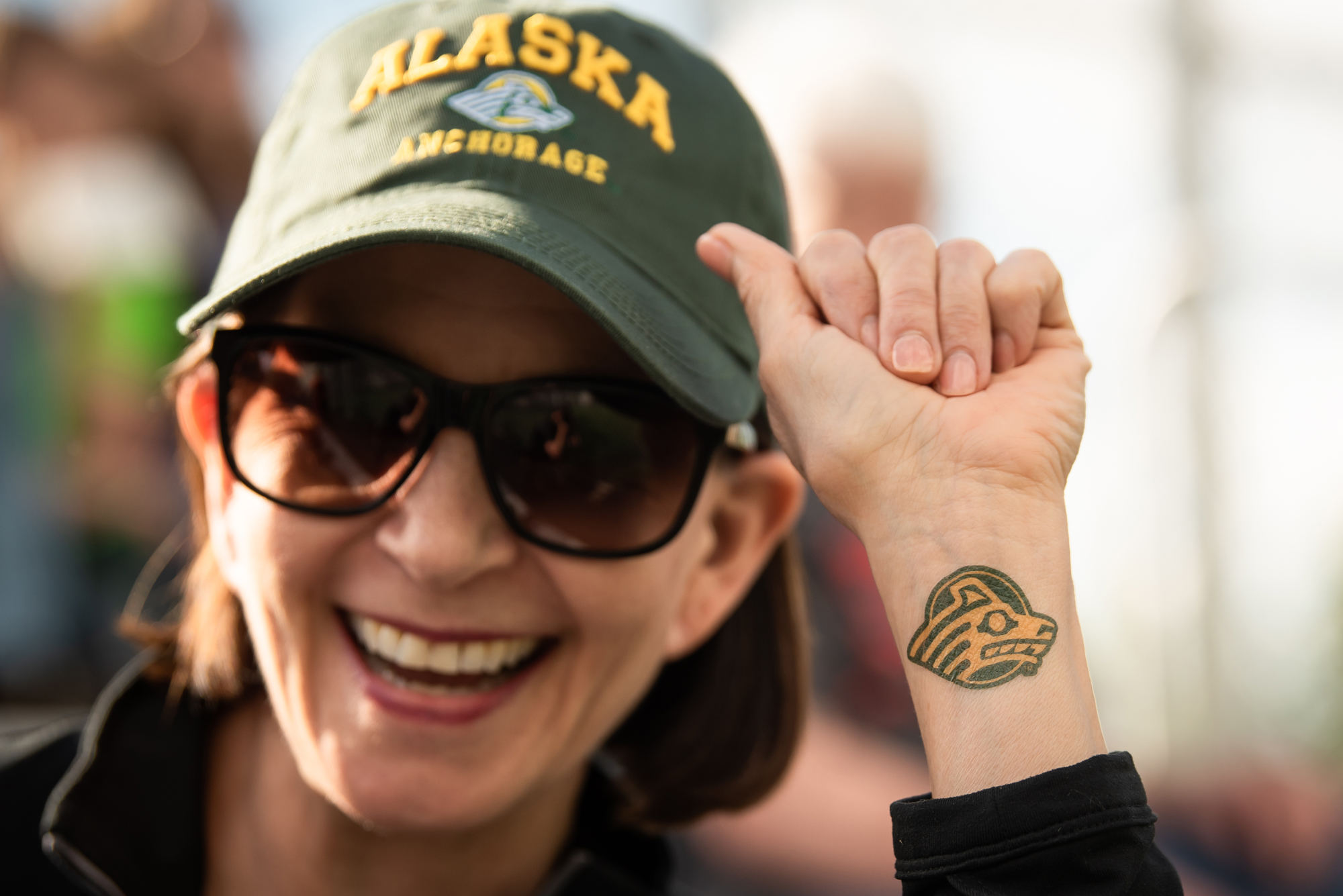UAA researchers examine wastewater to assess COVID-19 presence
by Austin Osborne |
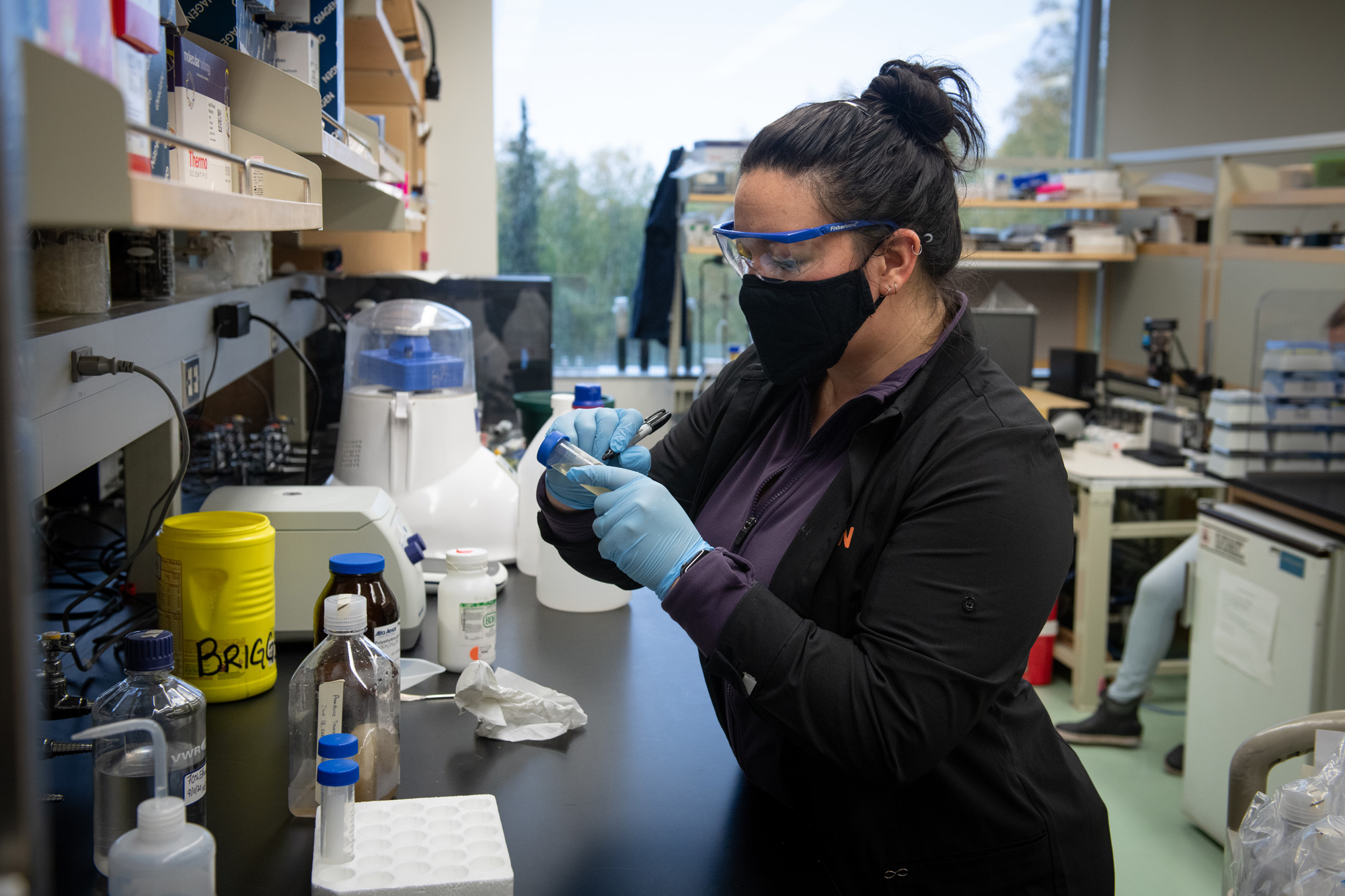
Researchers from the University of Alaska Anchorage (UAA), in collaboration with the University of Alaska Fairbanks (UAF) and the Alaska Departments of Environmental Conservation and Health and Social Services, have developed an in-state capability to detect COVID-19 in wastewater in Alaska.
“Recognizing Alaska’s unique geography and limited health care in rural Alaska, we wanted to explore any and all opportunities to inform and protect Alaska residents,” said Jason Brune, commissioner of the Department of Environmental Conservation. “Emerging international research had shown promise for detecting COVID-19 in wastewater, and with the resources of the University of Alaska we were eager to contribute to that body of work.”
Asymptomatic carriers of the virus may never seek testing and often unknowingly spread it to others. People who contract COVID-19 are known to shed the virus and viral fragments through bodily fluids, including saliva, mucus and feces. Studies show untreated wastewater can be tested for COVID-19 and may reveal its presence in a community. With expertise in water and wastewater treatment, environmental microbiology and virology, faculty at UAA and UAF were well equipped to conduct this research.
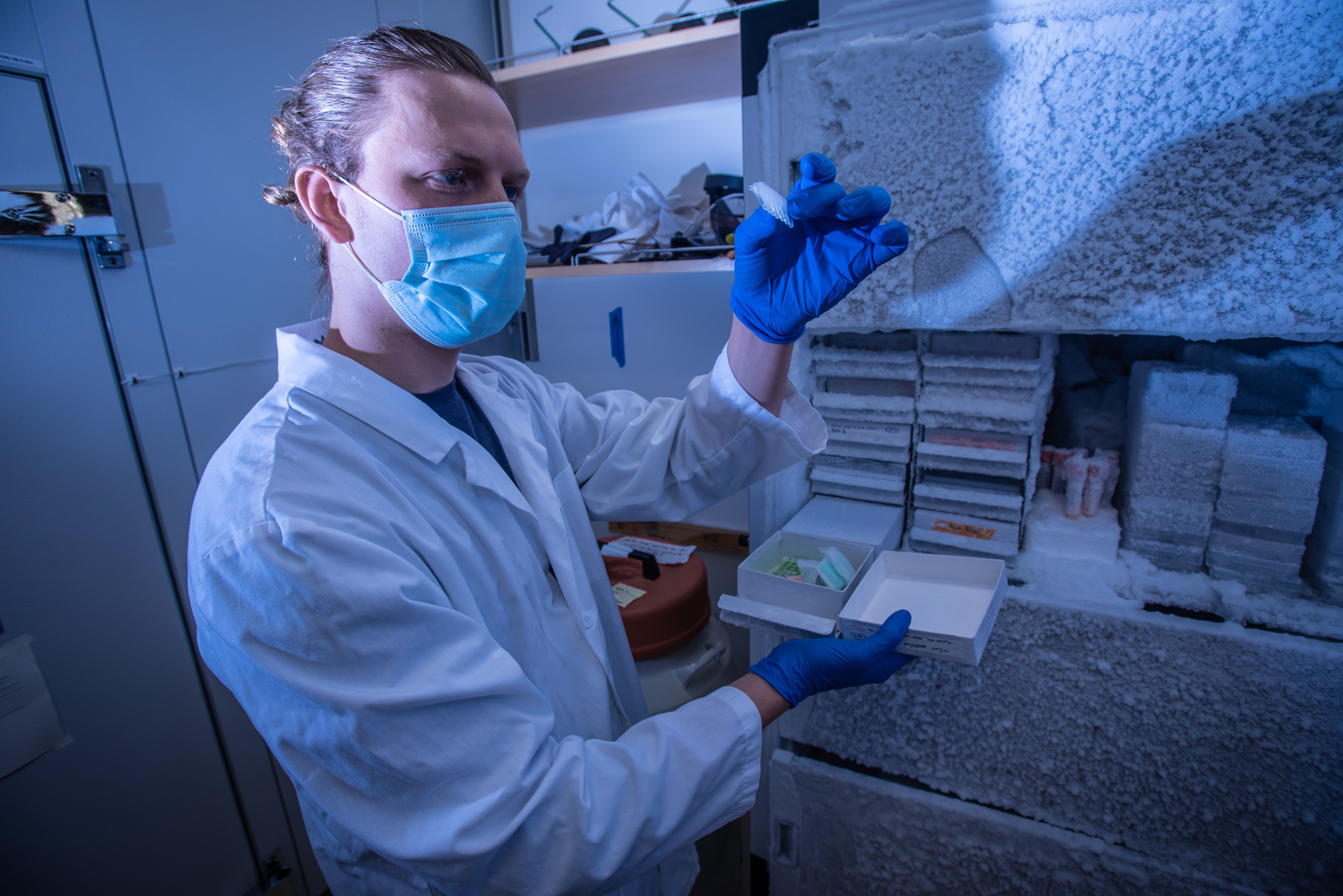
“I believe the university was contacted for this work thanks to known relationships and our success on past projects,” said Aaron Dotson, UAA associate vice chancellor for research. “We have broad capability on both the UAA and UAF campuses to provide a number of services that advance and support Alaska’s COVID-19 response. This is yet another example of how the university demonstrates its value as an instrument of the state.”
To date, the team has performed tests and detected COVID-19 in samples from communities across the state, including Anchorage, Fairbanks and Sitka. Dotson worked with the DEC to facilitate the project, and work on the UAA campus now occurs in the labs of Brandon Briggs and Eric Bortz, both associate professors of biological sciences. Raw wastewater samples are received by and prepared in Briggs’ lab before being sent to Bortz’s lab, where they are analyzed and tested for the presence of COVID-19. If individual communities begin requesting analyses, these will be managed by Briggs and Bortz with Dotson’s support.
Researchers are evaluating test outcomes to determine whether this new methodology can be used to monitor trends and complement clinical surveillance. The presence of COVID-19 can help state and local officials better understand the pervasiveness of the virus in Alaska communities. For example, if research shows that a high viral load is consistently detected in samples from a community that is reporting a low number of COVID-19 cases, community leaders may choose to increase testing capacity, among other safety measures. This type of testing could also help state health officials better assess the number of asymptomatic carriers of the virus, especially in smaller communities. This method may also be used to monitor the recovery of a community and assist in planning community reopening as clinical case counts decline and people recover but continue to shed virus fragments.
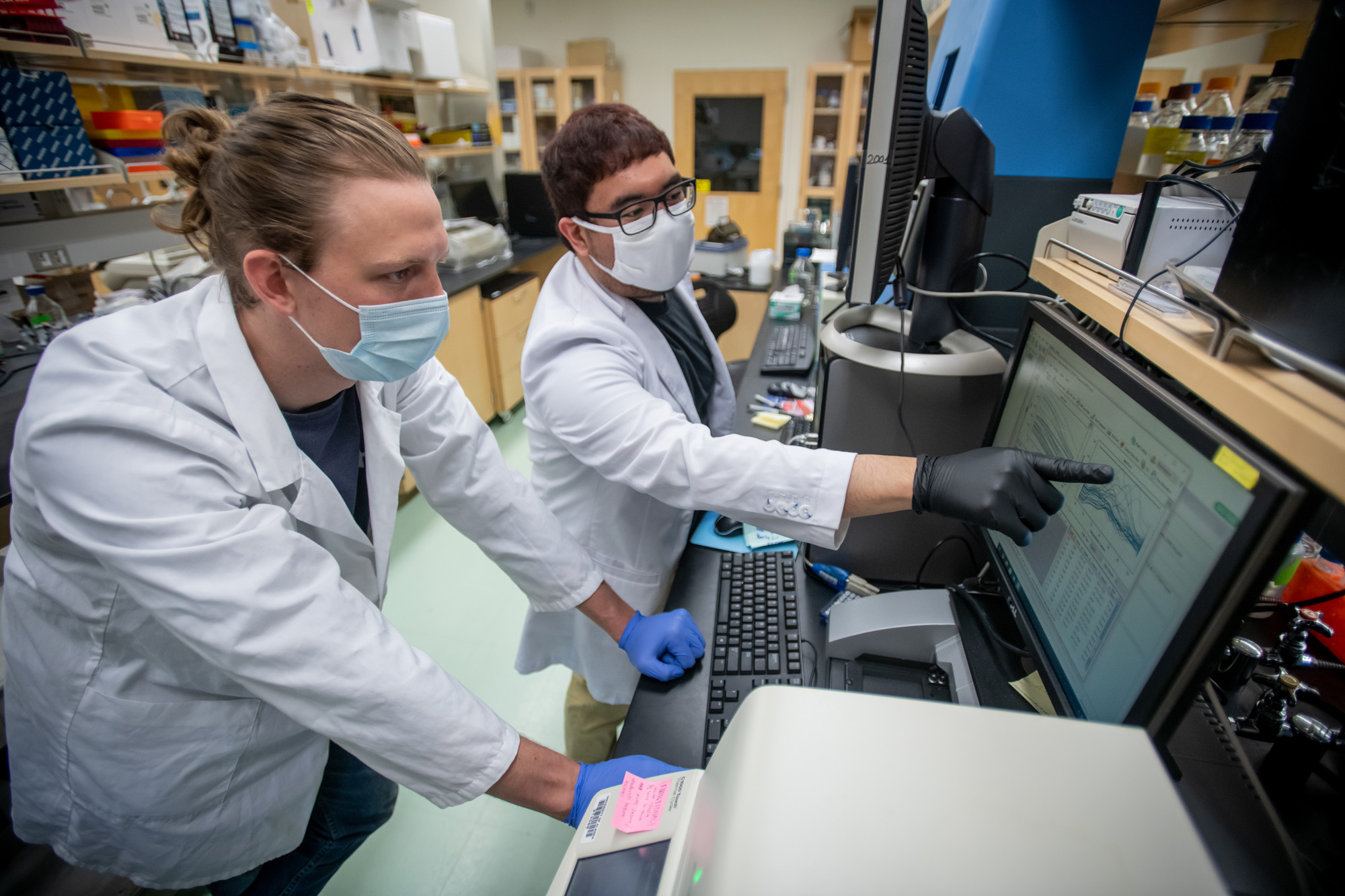
It’s important to note that these samples cannot be linked back to any specific individual and can only assess the relative abundance of COVID-19 in a community. This process does not test for any other virus or genetic material.
The results from the UA researchers’ work are part of a nationwide effort to develop COVID-19 wastewater detection led by the Environmental Protection Agency and Centers for Disease Control. The university team will continue working to develop and refine the wastewater testing process while accepting samples from wastewater utilities across the state.
 "UAA researchers examine wastewater to assess COVID-19 presence" is licensed under a Creative Commons Attribution-NonCommercial 4.0 International License.
"UAA researchers examine wastewater to assess COVID-19 presence" is licensed under a Creative Commons Attribution-NonCommercial 4.0 International License.










